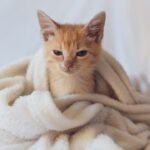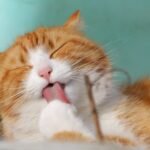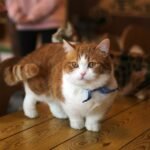Have you ever seen a cat that looks like it’s been built closer to the ground, almost like nature decided to create the feline equivalent of a sports car? With their uniquely short legs and surprisingly agile moves, Munchkin cats have captivated hearts worldwide while sparking one of the most heated debates in the cat breeding world. These distinctive felines aren’t just adorable internet sensations though.
Behind their undeniable cuteness lies a complex story of natural genetic mutations, controversial breeding practices, and surprisingly robust personalities that defy their compact stature. Whether you’re considering adding one of these low-riding companions to your family or simply curious about this fascinating breed, there’s much more to discover than meets the eye. So let’s get started and explore the remarkable world of these pint-sized feline wonders.
Their Short Legs Are Caused by a Natural Genetic Mutation

The Munchkin’s distinctive short legs result from a genetic mutation, specifically an autosomal dominant gene that affects the development of long bones in a cat’s legs. This isn’t something humans created in a lab or through selective breeding gone wrong. Short-legged cats have been documented around the world since the 1940s, with a British veterinary report in 1944 noting four generations of healthy short-legged cats, and similar cats spotted in Russia during 1956 and the United States in the 1970s.
The main difference between a Munchkin cat and any other domesticated cat is that the Munchkin’s legs are 3 inches shorter. Think of it like having a cat that’s been designed with a lower center of gravity. The Munchkin breed results from a natural mutation that was then bred to become the dominant gene, and any breed of cat can produce a kitten with this mutation.
The Breed Has a Fascinating Origin Story
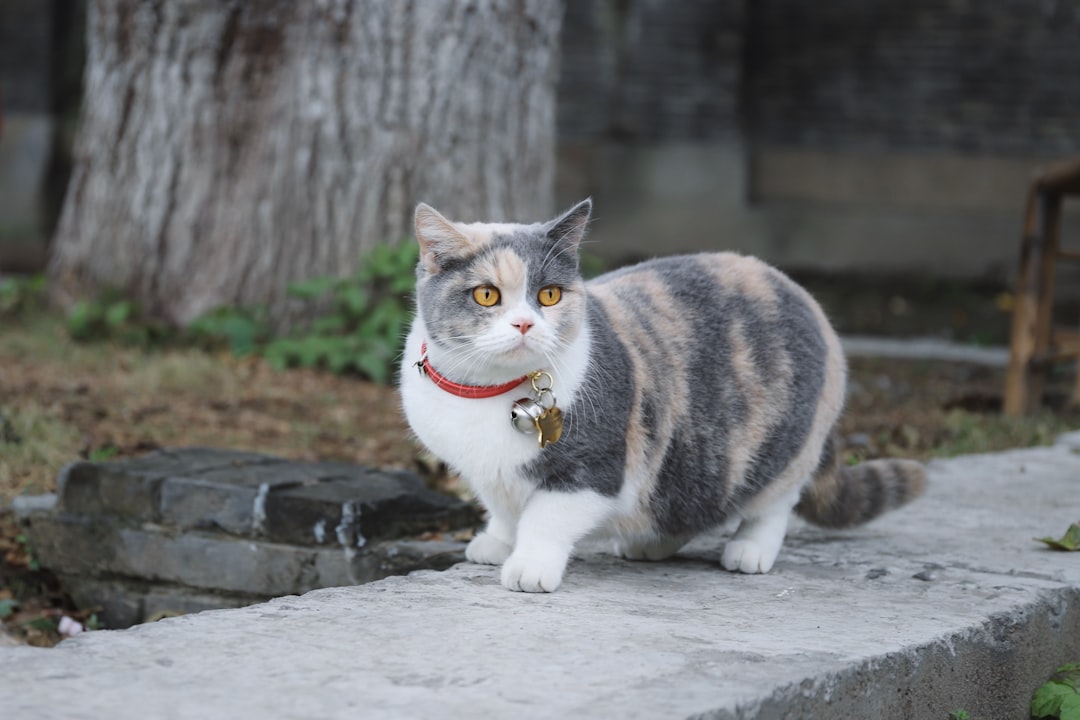
The modern Munchkin breed traces back to 1983, when Sandra Hochenedel, a music teacher in Rayville, Louisiana, found two pregnant cats who had been chased under a truck by a dog. She kept one of the cats and named her Blackberry. When Blackberry had her litter, Sandra gave one of the kittens to a friend named Kay LaFrance, and they used these two cats as the foundation for the Munchkin breed by outcrossing them with domestic cats to create diversity in the gene pool.
The cats got their name from the small-statured Munchkin characters from L. Frank Baum’s book The Wonderful Wizard of Oz. The short kitties are also known as “sausage cats.” Honestly, once you see them waddle around with their determined little legs, both nicknames make perfect sense.
They’re Surprisingly Athletic Despite Their Short Stature
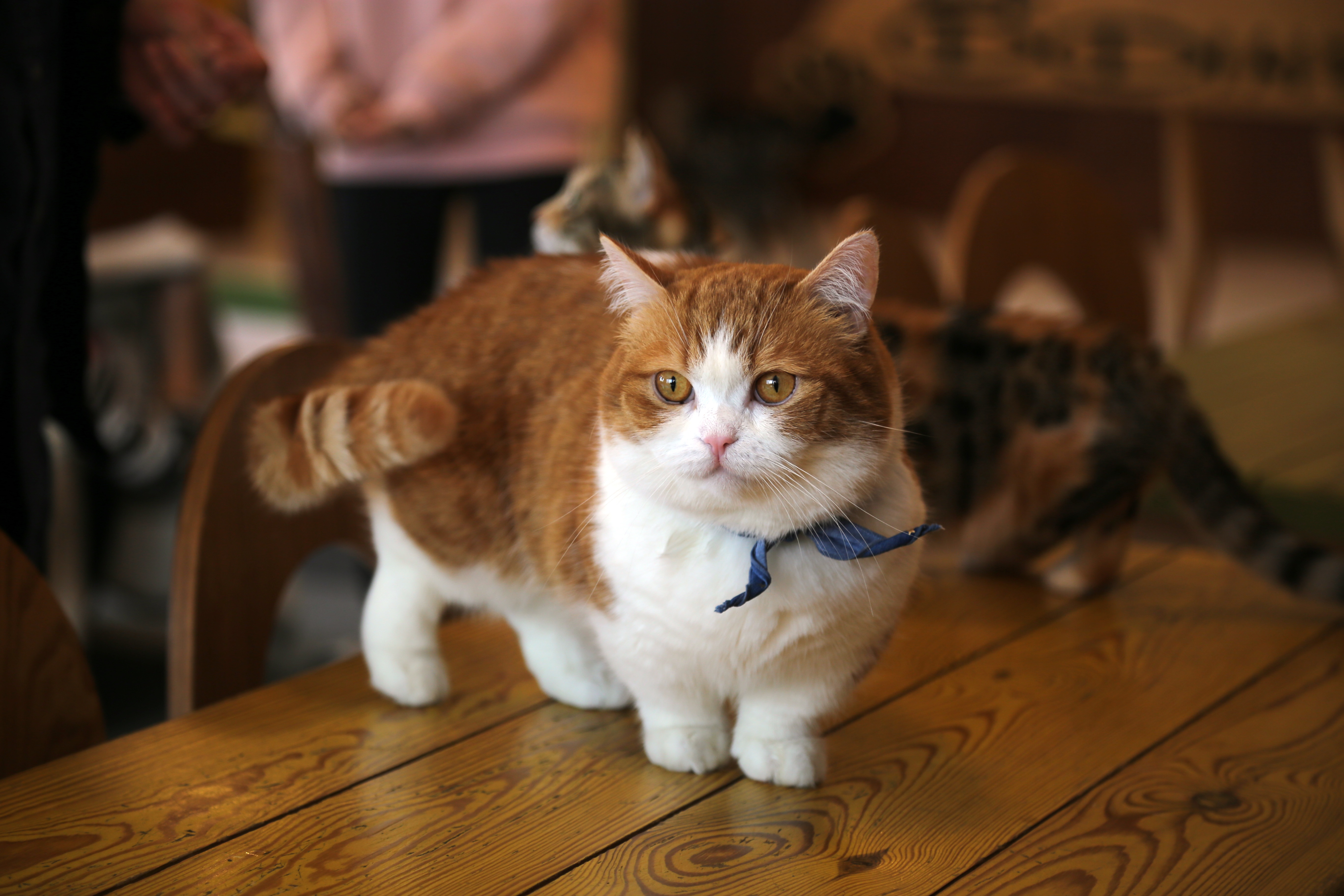
Though small, these little cats are mighty and don’t behave differently from an average-sized cat, holding the same amount of attitude as any other lively kitty. Don’t let their compact build fool you into thinking they’re sluggish. Built for racing, Munchkins love to chase after toys, run around the house, and take corners at impressive speeds, though when it’s time to settle down, these affectionate cats are happy to curl up in a lap for a snooze.
Although Munchkins may not be able to jump as high as an average cat, they distinguish themselves with lightning-speed cornering skills, with being closer to the ground coming with its advantages. They have a curious nature and like to explore their surroundings, often by sitting up on their haunches for a better view, and though they can’t leap to high locations in a single bound, these lowriders use their intelligence and determination to get just about anywhere they want to go.
The Breed Faces Serious Recognition Controversies
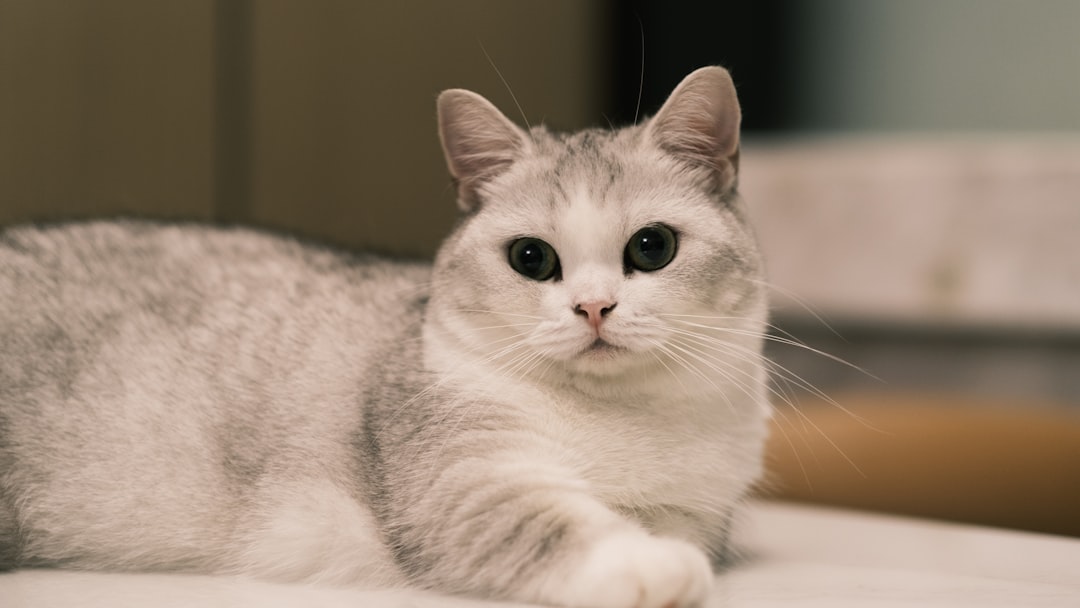
Much controversy erupted over the breed when it was recognized by The International Cat Association (TICA) in 1997 with critics voicing concerns over health and mobility issues, and many pedigree cat associations around the world have refused to recognize the Munchkin cat due to welfare concerns. The breed is not recognized by the Cat Fanciers’ Association, and several countries and territories have prohibited breeding with Munchkins, including the Netherlands (2014).
The Fédération Internationale Féline refuses to recognize what they consider a breed based on a “genetic disease,” and The Governing Council of the Cat Fancy likewise refuses to recognize the breed, considering it “unacceptable” because it’s based on an “abnormal structure or development.” Katie Lisnik, director of cat protection and policy at the Humane Society of the United States, has stated that “Breeding animals for exaggerated physical characteristics, particularly when it compromises overall health, is irresponsible”.
Several Countries Have Banned Their Breeding

Several countries and territories have prohibited breeding with Munchkins, including the Netherlands (2014), and the Australian Capital Territory government considers the Munchkin breed to be “malformed animals” with the deliberate breeding of them “unacceptable” because of the “genetic health problems associated with such breeding”. Some countries, such as the Netherlands and Australia, have made it illegal to breed and keep munchkins, while these intelligent creatures are still allowed in the US.
The Munchkin and various breeds crossed with it are not recognized anywhere except by the Dwarf Cat Association, and their breeding has been banned in most countries, with exceptions being the Minuet, Lambkin and Minskin recognized by TICA. The breed is banned in the Netherlands because it is considered a “torture breed” where purebred cats are bred for unhealthy physical traits, which often causes the cats to experience pain.
They Have Surprisingly Normal Lifespans
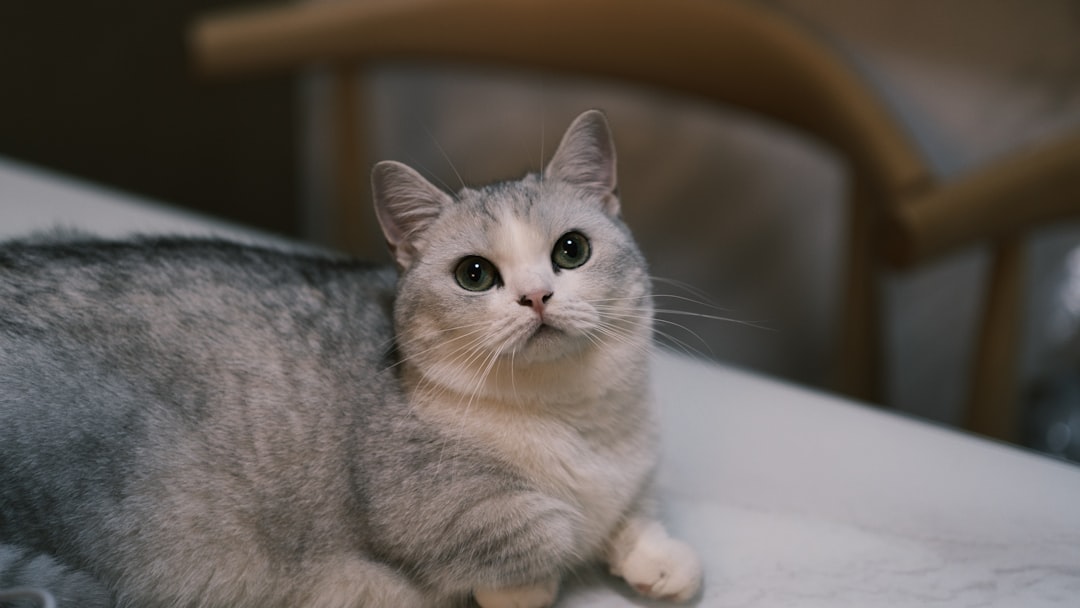
With proper care, Munchkins typically live 12–15 years, and some even longer, with a nutritious diet, a safe environment, and regular vet visits keeping them thriving for years to come. We can expect Munchkin cats to live a healthy and happy life spanning 12 to 15 years, which is quite comparable to the average life expectancy of most domestic cats, ranging from 10 to 15 years, so despite their unique appearance and breeding controversies, Munchkin cats can enjoy a long, fulfilling life.
With an average lifespan of 12–15 years, while the average life expectancy of a cat is 10–15 years, it’s clear the Munchkin’s genetic mutation doesn’t necessarily negatively impact its ability to lead a long, healthy life. Some have even been known to live up to 18 years or more with the right care and loving environment.
They Have Big Personalities in Small Packages
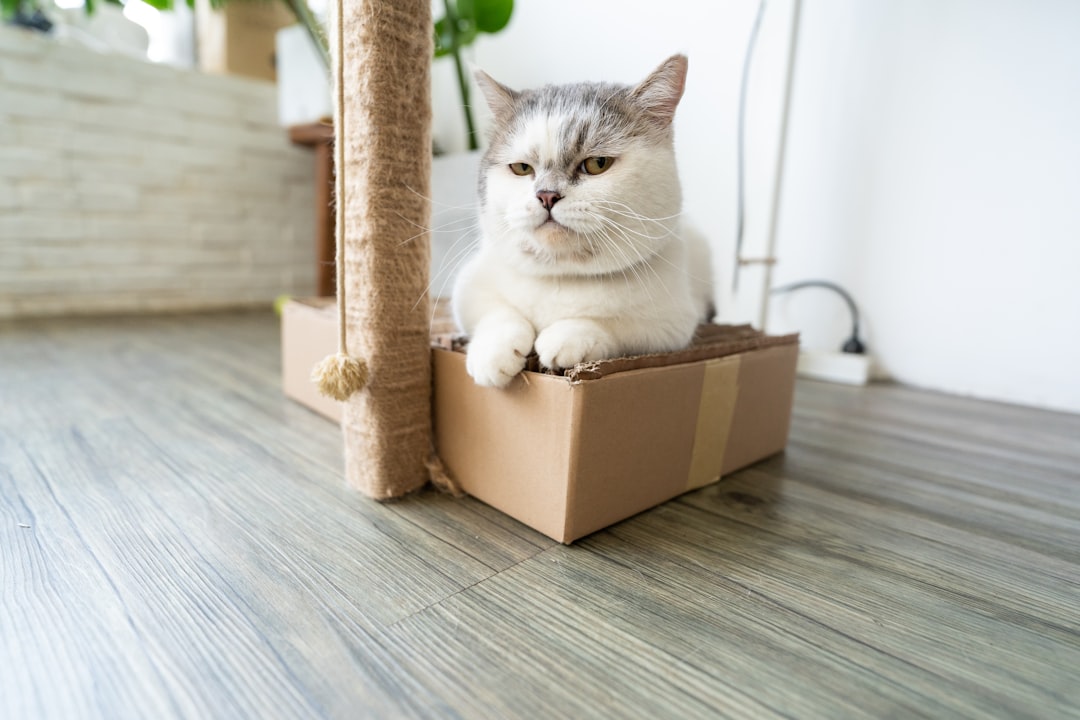
Munchkin cats are quick, energetic, fun-loving, and affectionate, and what they lack in leg length they more than make up for with their unique look and loving temperament. Munchkin cats are extremely outgoing and active, requiring a good amount of attention, and they don’t realize that they are smaller than most cats or act out because of their height, instead finding new ways to lovingly wreak havoc and entertain their families.
The typical munchkin personality is outgoing, sweet, confident, and intelligent, enjoying learning tricks, playing fetch, and anything that captures their curiosity, with their devotion and clownish antics making them a popular breed for families, singles, and seniors looking for an affectionate feline companion. Munchkin cats have one quirky trait that sets them apart: they’re hoarders with a particular penchant for “jewelry and small shiny objects,” which provides “short-lived relief from stress.”
They Come in a Wide Variety of Coat Types and Colors
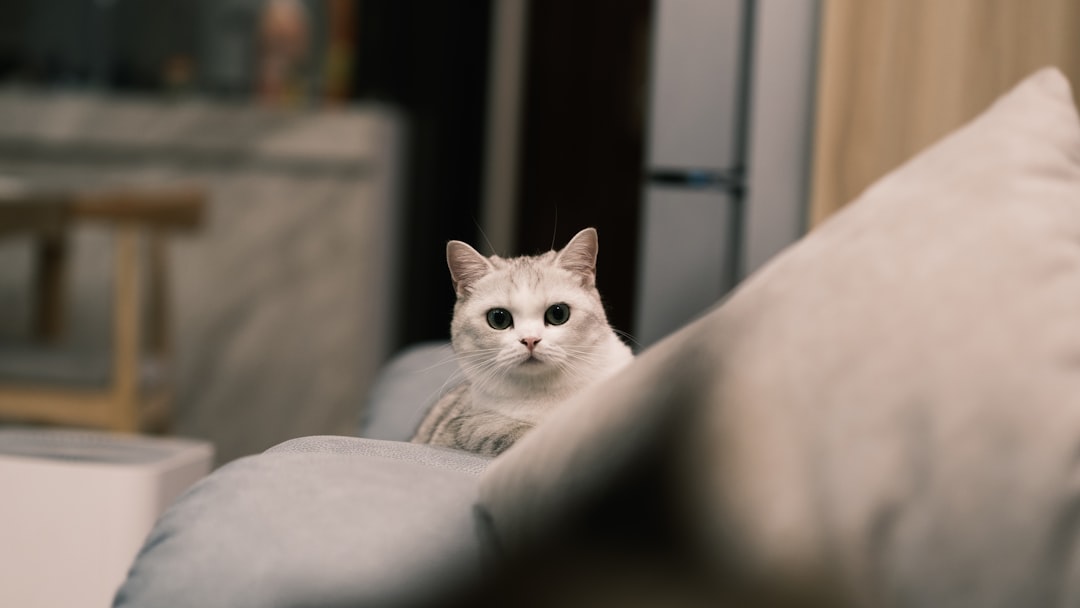
Munchkins have all-weather coats that come in both longhaired and shorthaired varieties, with longhaired Munchkins having semi-long, silky coats, whereas the shorthairs have medium-length, semi-plush coats, and both types come in a wide assortment of colors and patterns. The Munchkin cat can come in a variety of coat colors and patterns, so every kitten you see will likely look unique, with their eyes also ranging in color, so you may never see two Munchkin cats that look the same.
Various coat colors and patterns appear in the Munchkin cat breed, including calico, pointed, tortoiseshell, tuxedo, tabby, and bicolor. This means you can potentially have any breed of Munchkin cat, from Siamese to American Shorthair to Persian. Think of it as getting the personality traits of your favorite breed wrapped up in a more compact package.
Special Breeding Considerations Are Essential for Their Health
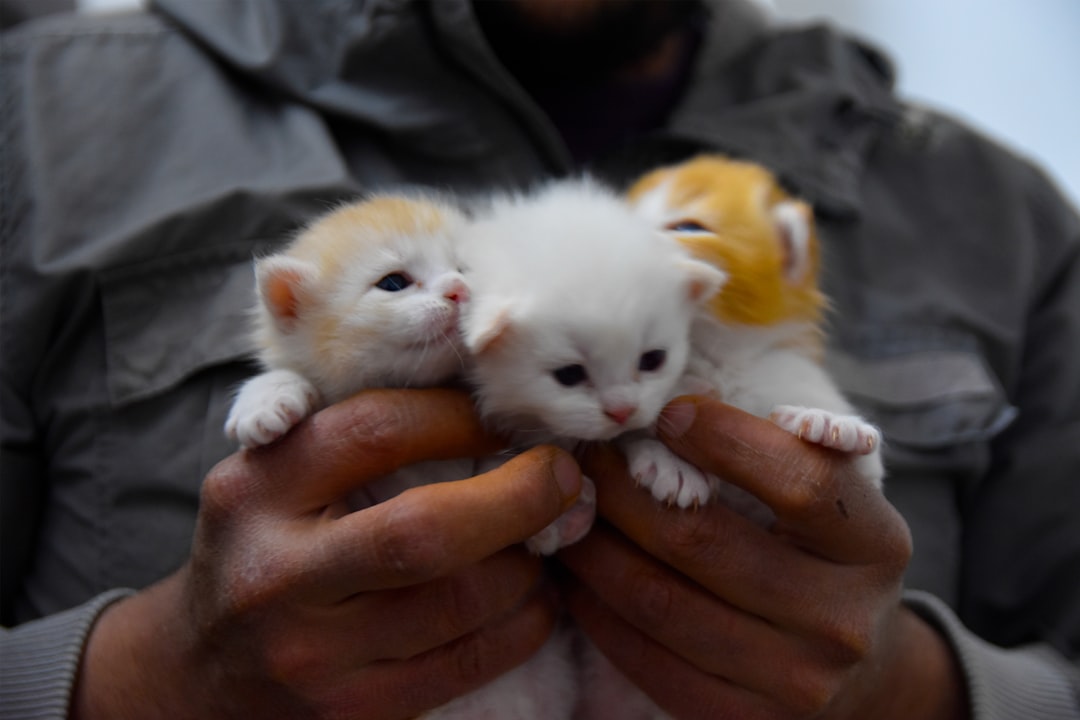
When two Munchkins are bred together, the mutation is fatal, which is another reason why the Munchkin breeding practice is controversial. It was discovered early on that mating two Munchkin cats together results in a lethal gene that will not create a viable fetus, so to prolong the Munchkin breed, a Munchkin cat must be bred with a regular domestic cat, with the resulting litter having a 50% chance of having the mutation present.
To ensure healthy mobility, responsible munchkin breeders do not breed two short-legged munchkins together, instead introducing new genes into the breed by breeding munchkins with longer-legged cats, with the resulting munchkin kittens tending to be robust and active. This breeding requirement actually helps maintain genetic diversity and prevents the concentration of potentially harmful genes.
They Require Some Special Care Considerations

Because they have short legs and can experience limited mobility due to osteoarthritis or lordosis, these miniature cats can struggle to groom themselves as thoroughly as most kitties, so keeping an eye out for any areas they seem to be missing or unable to reach is important. Being a unique breed, Munchkins thrive with owners who spend ample time at home and provide a living space that accommodates their short legs and limited jumping abilities, and they are perfect for various types of living spaces, especially smaller ones like apartments or single-story homes.
Short-haired Munchkins need brushing weekly to remove loose fur and prevent matting, while long-haired Munchkins need brushing 2–3 times weekly with a slicker brush, with general care including trimming nails biweekly, cleaning ears monthly, and brushing teeth weekly to prevent dental issues. Munchkins stay small, which means they will need things from their environment that other cats do not, like stools or low-to-the-ground entrances to their cat trees, and like any other cat, Munchkins require high-quality diets to support them from kittens throughout their senior years.
What’s fascinating about these remarkable cats is how they’ve managed to win hearts while simultaneously sparking debates about breeding ethics. Whether you see them as adorable companions or controversial creations, there’s no denying that Munchkin cats have left their paw prints on the feline world in a big way. Their resilience, personality, and surprising athleticism prove that sometimes the most extraordinary things come in the most unexpected packages. What do you think about these unique feline friends? Tell us in the comments.


